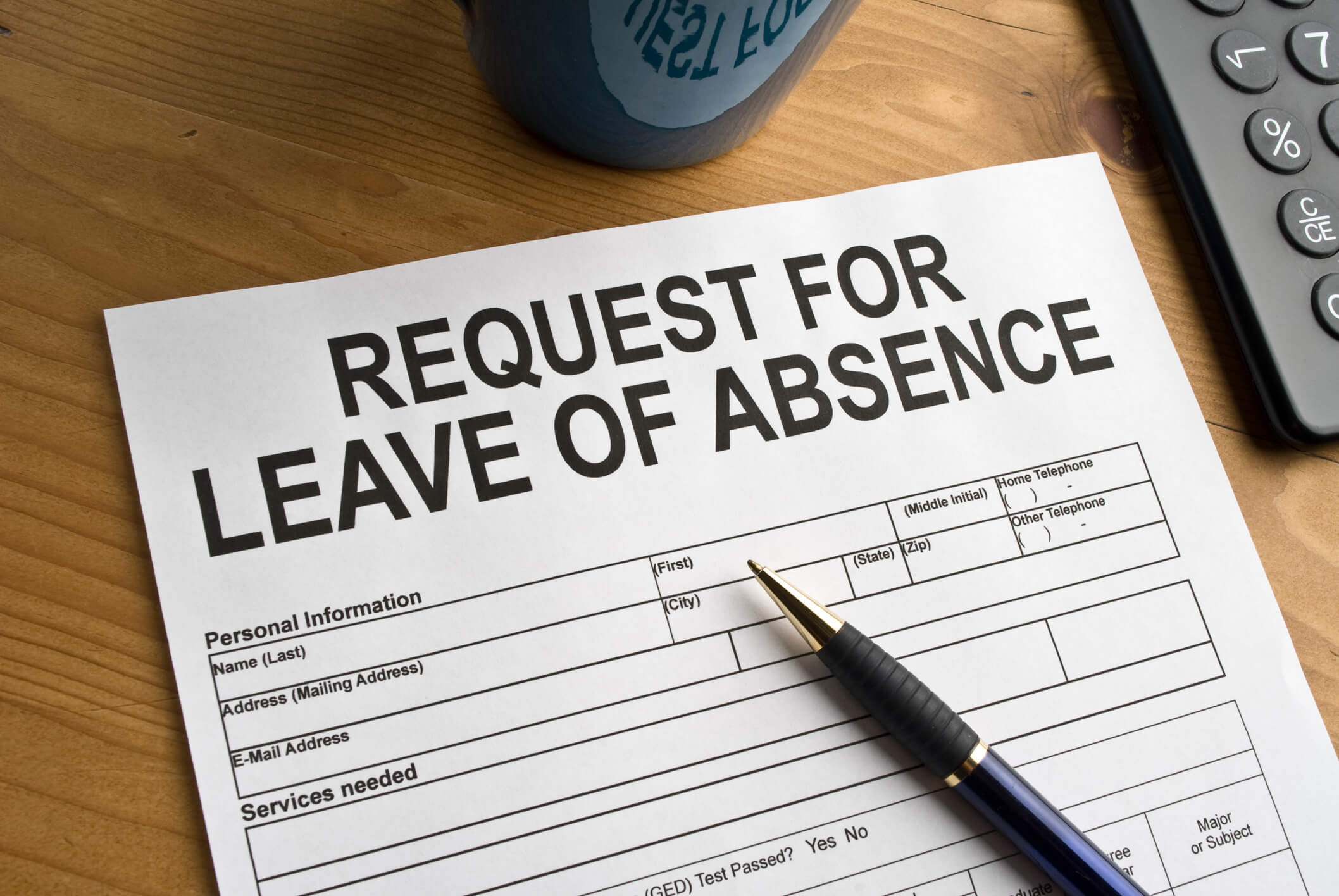Variations in paid sick leave requirements can cause major compliance issues for employers, particularly as the requirements can vary not only state-to-state but from locality to locality within a state. In fact, respondents to Ogletree Deakins’ recent survey report, Strategies and Benchmarks for the Workplace: Ogletree’s Survey of Key Decision-Makers, ranked leaves of absence, including paid sick leave and state leave laws, as the number one most challenging multijurisdictional compliance issue.
New state and local laws and the expiration of COVID-19 specific leave in most jurisdictions are adding new layers of complexity for employers responding to leave requests.
New Paid Sick Leave Laws
New Mexico and West Hollywood, California, are both joining the list of jurisdictions with paid sick time laws, with laws that took effect on July 1, 2022. Under the New Mexico law, employees accrue paid sick leave at a rate of one hour for every 30 hours worked. The accrual is unlimited, but there is a use cap per year of only 64 hours. The New Mexico Department of Workforce Solutions (DWS) acknowledges that this means that employees can accrue more hours than they can use and employers must track both the accrual and the use of those hours and inform employees. The law applies to remote workers who physically work in the state of New Mexico.
However, New Mexico’s sick leave requirements are different in Bernalillo County, New Mexico, which has its own leave law—one of only a few that provides leave for any reason. Under the law in Bernalillo County, which includes the state’s largest city Albuquerque, employees are entitled to the best of both the county and state law. Employees in the county are entitled to up to 56 hours of leave for any reason, though the actual legally required maximum amount of leave differs based on the size of the employer.
Additionally, West Hollywood expanded its leave law beyond hospitality workers to all employers. This law is an example of one of the leave laws that applies on a hyper-local level, applying to only three ZIP codes. Like Bernalillo County, New Mexico, the West Hollywood law provides paid leave for any reason. The West Hollywood law provides paid leave for 96 hours per year for any reason, allows employees to carry over up to 192 hours of unused leave, and gives employees an additional 80 hours of unpaid sick leave.
COVID-19 Leave Laws
Most of the leave laws covering COVID-19 specifically have expired. Currently, only five jurisdictions—California, Washington, D.C., New York, Philadelphia, and Pittsburgh—have a stand-alone COVID-19 law that is still in effect. With such laws expiring, many states are incorporating the reasons that an employee would be covered for COVID-19 sick leave as a qualifying reason under their existing paid sick leave laws. These states are using general terms, such as “public health emergency,” rather than “COVID-19” to cover the next potential public health emergency.
Colorado has a public health emergency (PHE) leave law, which was extended most recently in April 2022 as a result of the U.S. Department of Health and Human Services’ extension of the federal COVID-19 public health emergency. The law provides a one-time allotment of 80 hours of leave. Additionally, San Francisco, California, has a PHE law, which will apply to employees who work in San Francisco for companies with more than 100 employees worldwide. The San Francisco law is scheduled to take effect in October 2022.
State-Funded Paid Family Leave Laws
Nine jurisdictions—California, Colorado, Connecticut, Washington, D.C., Massachusetts, New Jersey, New York, Rhode Island, Washington—have state paid family leave or short-term disability leave laws in effect, though how those leaves are funded varies. In some states, the cost is paid 100 percent by the employer. In other states, the leaves are funded through employee payroll tax deductions that go into a state trust fund from which employees receive leave payments. Other states have employers and employees split the cost of contributing to state paid leave funds.
Generally, leave taken under the federal Family and Medical Leave Act (FMLA) will run concurrently with these state-funded leave policies, but, in most states, employees cannot be forced to take paid sick leave concurrently. For state-funded leaves that pay only a portion of employees’ regular pay (anywhere between 60 percent and 90 percent), employees may choose to use paid sick leave to cover the difference. However, this can be complicated administratively for employers because state-funded leaves are typically calculated and paid as a percentage of regular pay while other employer sick leave time is typically calculated in hours.
One Policy with Exceptions or State Addendum
With varying laws between states, employers may wonder whether it is best to have one policy with exceptions or have state-specific addenda. It depends on which states the employer operates in and an analysis of the cost of offering a more generous policy to meet the requirements of each state versus the savings in administrative costs in having one policy. Some companies are also looking to implement unlimited paid-time-off policies to simplify the administrative burden and as a recruiting and retention tool. Well-crafted unlimited PTO policies may satisfy state leave requirements but may not be best for all companies or industries.
Key Takeaways
State and local leave laws create a host of compliance issues for employers. Employers may want to review their current policies taking into account their industry and the state, or sometimes even the specific ZIP code in which they operate. They may also want to consider the evolving definitions of what is a qualified event, particularly in light of the COVID-19 public health crisis.
Further information on federal, state, and major locality wage and hour laws is available in the firm’s OD Comply: State Leave Laws subscription materials, which are updated and provided to OD Comply subscribers as the law changes.






